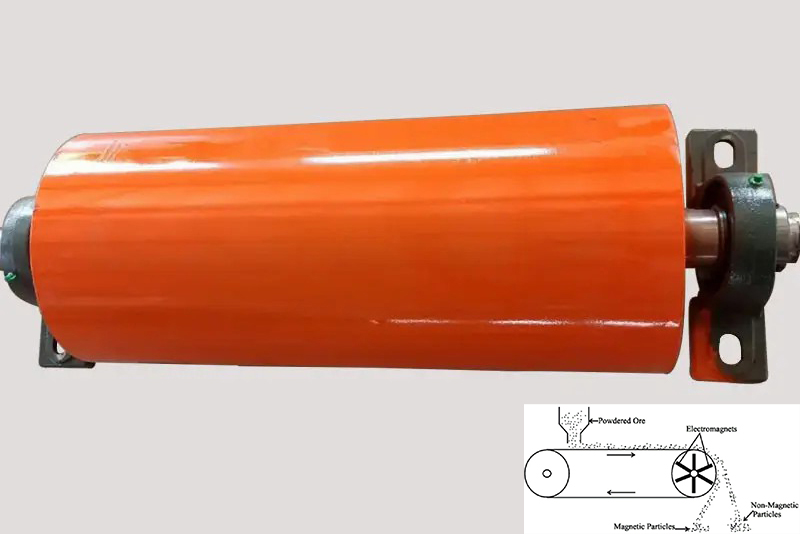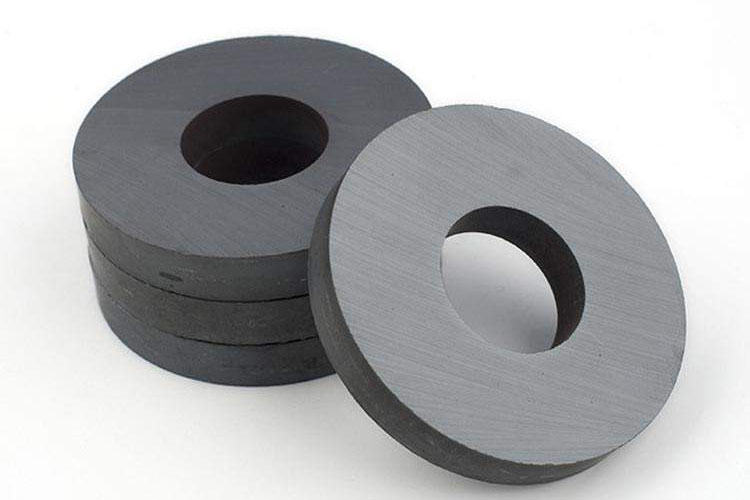10 Reasons Permanent Magnet Generators Are More Efficient
Permanent Magnet Generators have fast become the go-to choice for wind power, microgrids, distributed energy, and portable generation. Their efficiency advantages do not originate from one factor but result from a combination of improvements in electromechanical design, materials development, and drivetrain simplification. Each of these reasons will explain the mechanism that supports their superior performance with representative examples and data relevant for an engineer or procurement team.

[1]
1. Permanent Magnet Generators eliminate excitation losses.
One of the basic efficiency advantages stems from the fact that the creation of the magnetic field in Permanent Magnet Generators does not consume electrical power at all. Conventional synchronous machines are based on DC excitation, which continuously draws energy. In practice, a typical 500 kW wound-field generator consumes typically about 10 kW purely to keep its field. But removing this overhead, the PMG offers roughly 2 percent higher net efficiency simply because no extra energy is spent to maintain its magnetic flux.
2. Permanent Magnet Generators have higher power density.
Another important mechanism involves magnetic flux density. Permanent Magnet Generators typically employ high-grade NdFeB or SmCo magnets capable of providing 0.9 to 1.2 tesla in the air gap. This strong flux allows for more torque in smaller sizes. Because of this, PMGs often achieve 10 to 15 kW per kilogram, while the maximum for most wound-field machines is around 5 to 7 kW per kilogram. A 100 kW PMG would thus weight only 120 to 150 kg, whereas induction generators may be over 250 kg in that rating. The lower mass offers reduced inertia and mechanical stresses, improving dynamic performance and energy conversion quality.
3. Permanent Magnet Generators reduce copper losses.
Copper losses are another major contributor to inefficiency in conventional machines. Since Permanent Magnet Generators do not carry rotor current, they avoid completely the I²R losses occurring in rotor or field windings. These losses normally account for 10 to 20 percent of the total generator loss in traditional designs. By eliminating them totally, PMGs often show a 30- to 40-percent reduction in total copper-related heating and energy waste.
4. Permanent Magnet Generators maintain higher efficiency at partial load.
Most real-world energy systems spend the majority of their time operating below rated load. Permanent Magnet Generators naturally maintain their magnetic flux at all load levels, thereby allowing them to preserve efficiency even when operating at 40 to 70 percent of nominal capacity. At 40 percent load, induction generators commonly fall to 80 to 85 percent efficiency. PMGs often remain between 90 and 94 percent under the same conditions. This makes them especially valuable in applications such as wind power, where speed and load fluctuate throughout the day.
5. Permanent Magnet Generators operate more efficiently across variable speeds.
Another area of excellence for PMGs is wide-range operation. The magnet-based field provides stable, strong flux at any rotor speed and is well-matched to the characteristics of rectifier-inverter systems. This allows variable-speed wind turbines with Permanent Magnet Generators to capture more energy from the same wind profile. Field data indicate that annual energy production can improve by 6 to 12 percent compared with fixed-speed induction systems, while generator efficiency remains above 90 percent from roughly 200 to 600 rpm depending on the design.
6. Permanent Magnet Generators reduce mechanical losses.
Mechanical simplicity is an inherent advantage of PMGs. The rotor does not carry any brushes, slip rings, or excitation mechanisms, and hence frictional and contact losses decrease. Mechanical losses are reduced by approximately half a percent to one percent when compared to the more complicated rotor assemblies. This simpler structure also reduces wear and maintenance requirements and can reduce downtime by 30 to 50 percent over the generator's service life.
7. Permanent Magnet Generators exhibit superior thermal behavior.
Lower copper losses naturally result in lower heat generation. Since Permanent Magnet Generators do not have current in the rotor or field windings, their operational temperature is typically much lower than that of similar wound-field machines. Measurements commonly show PMG rotors operating 10 to 25 degrees Celsius cooler under equivalent loading. This reduced thermal stress prolongs insulation life and improves the lifespan of bearings and structural components. Many applications report a service life increase of 20 to 30 percent.
8. Permanent Magnet Generators allow for efficient direct-drive operation.
PMGs provide very significant advantages to direct-drive systems. Because of the powerful magnetic flux, generators can provide much higher torque at low speeds, eliminating heavy and maintenance-prone gearboxes. Traditional gearboxes introduce a 5 to 12 percent loss in energy, especially in wind and hydro applications. Based on their elimination, a direct-drive Permanent Magnet Generator provides an electrical efficiency of 94 to 98 percent while the total drivetrain efficiency often goes up to 92 to 94 percent. Rarely does overall efficiency in comparable geared systems go over 88 percent.
9. Permanent Magnet Generators improve the system power factor.
Induction generators need reactive power for the formation of their magnetic field, which complicates grid integration and reduces effective power delivery. Permanent Magnet Generators do not need any reactive support as their magnetic field is inherently there. A typical 100 kW induction generator may demand 20 to 40 kVAR of reactive power compensation. PMGs require none, enabling power factors between 0.95 and 1.0. This reduces transmission losses and simplifies interfacing with both grid-tied and off-grid systems.
10. Permanent Magnet Generators realize higher total system efficiency.
All these advantages combined provide much higher overall system efficiency. Reduced copper loss, no excitation loss, lower thermal stress, and the possible elimination of gearboxes add to the excellence of Permanent Magnet Generators. Induction generators typically reach efficiencies of 85 to 92 percent in the range of 100 to 500 kW; wound-field synchronous machines reach efficiencies of 88 to 94 percent. PMGs routinely operate in the range of 94 to 98 percent. For a wind system rated at 500 kW, this gain can mean an added energy output of 20 to 30 megawatt-hours annually. For more data, please check Stanford Magnets.
Reference:
[1] Britannica. (2025, September 26). Permanent-magnet generators. Britannica. Retrieved November 19, 2025, from https://www.britannica.com/technology/electric-generator/Direct-current-generators















